Clinical Effect of Membrane Induction Technology Combined with Platelet-Rich Gel in Repairing Large-Scale Bone Defects
DOI: 10.23977/medsc.2024.050518 | Downloads: 16 | Views: 769
Author(s)
Xinhua Cheng 1, Lei Zhang 1
Affiliation(s)
1 Department of Orthopaedics, Renmin Hospital, Hubei University of Medicine, Shiyan, Hubei, 442000, China
Corresponding Author
Lei ZhangABSTRACT
In response to the challenges of insufficient bone healing speed and prevention of complications in the repair of large-scale bone defects, this paper explores the clinical application of this combined technique in large-scale bone defect repair and its impact on bone healing, aiming to evaluate its potential in promoting bone healing and reducing complications. This study selects 30 patients with extensive bone defects, all of whom meet the inclusion criteria. Firstly, all patients undergo standardized imaging examinations and basic assessments before surgery to ensure that the site and extent of bone defects met the surgical conditions. Then, a membrane induction technique is used to cover the defect area, forming a physical barrier that prevents non-bone cells from the surrounding tissue from entering the bone repair area. At the same time, the platelet-enriched part of the patient is used to prepare platelet-rich gel through centrifugation technology, which is applied to the bone defect site to enhance the concentration of local growth factors and promote the proliferation and differentiation of bone cells. Finally, all patients undergo regular radiographic and clinical follow-up after surgery to evaluate bone healing and monitor the occurrence of complications. Data collection includes bone healing progress, clinical symptoms, incidence of complications, and patient quality of life scores. The membrane combined with platelet-rich gel strategy is significantly ahead in multiple core efficacy indicators. This combination therapy shortens the healing period to 12 weeks, which is better than the 16 weeks of the traditional regimen and the 18 weeks of the control group. The complication rate in the membrane + platelet-rich gel group is as low as 5%, which is significantly better than the 15% of the traditional repair group and the 20% of the control group. The treatment method in this paper provides a new and effective treatment option for orthopedic clinics and has good application prospects.
KEYWORDS
Membrane Induction Technology Combined With Platelet-Rich Gel, Large-Scale Bone Defect Repair, Clinical Effect, Related ComplicationsCITE THIS PAPER
Xinhua Cheng, Lei Zhang. Clinical Effect of Membrane Induction Technology Combined with Platelet-Rich Gel in Repairing Large-Scale Bone Defects. MEDS Clinical Medicine (2024) Vol. 5: 128-136. DOI: http://dx.doi.org/10.23977/medsc.2024.050518.
REFERENCES
[1] Fan Yiping, Luo Menglin, Huang Dongzong, et al. Dexamethasone-modified sericin hydrogel scaffold promotes the repair of mandibular defects in rats: based on regulating macrophage M2 polarization[J]. Journal of Southern Medical University, 2024, 44(3):533-540.
[2] Guo Wei, She Yanchun, Liang Haijie. 3D printed metal prosthesis for reconstruction of large bone and joint defects after limb bone tumor resection: a new era of repair and reconstruction of large bone defects[J]. Chinese Journal of Bone and Joint Surgery, 2022, 15(12):881-888.
[3] Han Jingyuan, Li Xinling, Han Jinyu, et al. Drug-loaded thermosensitive hydrogel regulates macrophage M2 polarization to promote osteoporotic bone defect repair[J]. Journal of Endodontics, 2024, 29(2):74-79.
[4] Qi X, Liu Y, Xiaoling Yin, Renliang Zhao, Wei Zhang, Jiaqing Cao, Wei Wang, Weitao Jia. Surface-based modified 3D-printed BG/GO scaffolds promote bone defect repair through bone immunomodulation[J].Composites, Part B. Engineering, 2023, 257(May 15):110673.1-110673.12.
[5] Wang P, Ge R, Li B, et al.Enhancing osteogenesis and mandibular defect repair with magnesium-modified acellular bovine bone matrix[J].Journal of Materials Science: Materials in Medicine, 2024, 35(1):1-13.
[6] Du R, Zhao B, Luo K.Shape Memory Polyester Scaffold Promotes Bone Defect Repair through Enhanced Osteogenic Ability and Mechanical Stability[J].ACS applied materials & interfaces, 2023, 15(36):42930-42941.
[7] Peng H, Ling T, Zhang Y, et al.Nanowhiskers Orchestrate Bone Formation and Bone Defect Repair by Modulating Immune Cell Behavior[J].ACS Applied Materials And Interfaces, 2023, 15(7):9120-9134.
[8] Li C, Lv H, Du Y, et al.Biologically modified implantation as therapeutic bioabsorbable materials for bone defect repair[J].Regenerative Therapy, 2022, 19(6):9-23.
[9] Jin X M, Zhai C H, Tao H B, et al.Effect of bone grafting on the repair of distal alveolar bone defect of the second molar after extraction of mandibular impacted third molar[J]. Shanghai journal of stomatology, 2020, 29(1):55-59.
[10] Lin X, Wang Y, Guo Xiaoli, Li Chen, Wu Kuaifeng, Wang Siya, Yu Xijiao, Du Yi. Shikonin promotes rat periodontal bone defect repair and osteogenic differentiation of BMSCs by p38 MAPK pathway[J].Odontology, 2023, 111(3):649-657.
[11] Liu Q, Peng X, Xiaojia Liu, Xiaohui Mou. Yayuan Guo, Lihua Yang, Yufei Chen, Yaying Zhou, Zhuoya Shi, Zhilu Yang, Zhuoyue Chen. Advances in the application of bone morphogenetic proteins and their derived peptides in bone defect repair[J].Composites, Part B. Engineering, 2023, 262(Aug.1): 1-17.
[12] Tao Z S, Li T L, Xu H G, et al.Hydrogel contained valproic acid accelerates bone-defect repair via activating Notch signaling pathway in ovariectomized rats[J].Journal of Materials Science: Materials in Medicine, 2022, 33(1):1-12.
| Downloads: | 9890 |
|---|---|
| Visits: | 651137 |
Sponsors, Associates, and Links
-
Journal of Neurobiology and Genetics
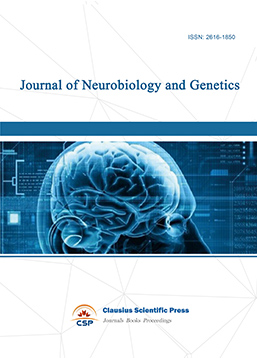
-
Medical Imaging and Nuclear Medicine
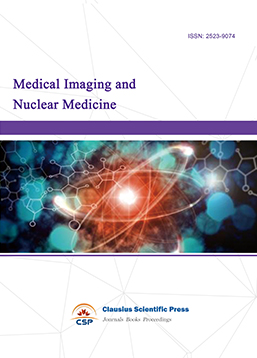
-
Bacterial Genetics and Ecology
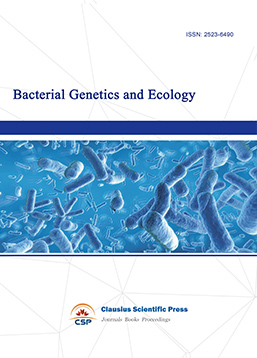
-
Transactions on Cancer
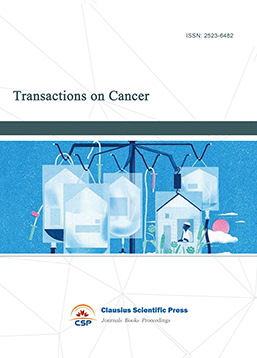
-
Journal of Biophysics and Ecology
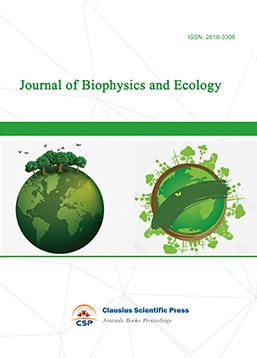
-
Journal of Animal Science and Veterinary
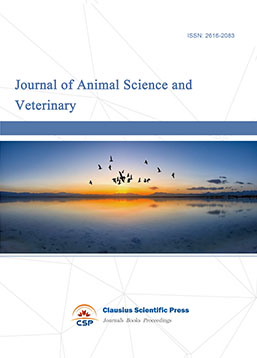
-
Academic Journal of Biochemistry and Molecular Biology
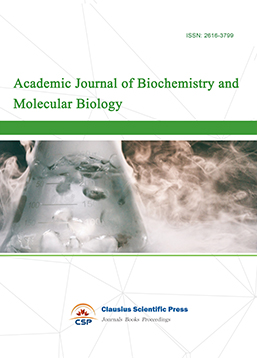
-
Transactions on Cell and Developmental Biology
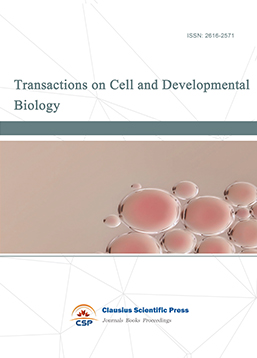
-
Rehabilitation Engineering & Assistive Technology
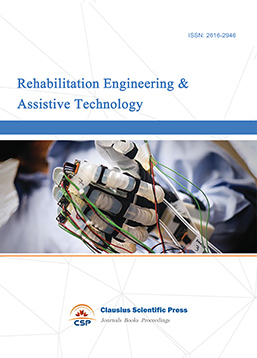
-
Orthopaedics and Sports Medicine

-
Hematology and Stem Cell
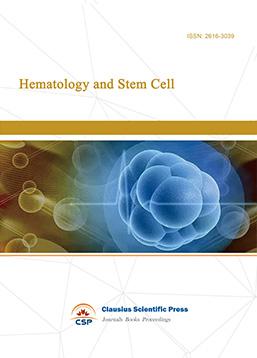
-
Journal of Intelligent Informatics and Biomedical Engineering
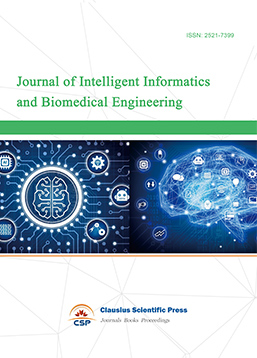
-
MEDS Basic Medicine
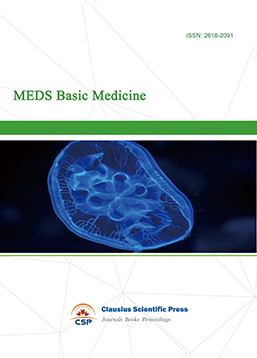
-
MEDS Stomatology
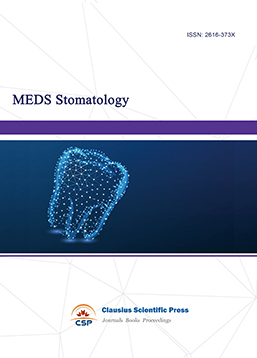
-
MEDS Public Health and Preventive Medicine
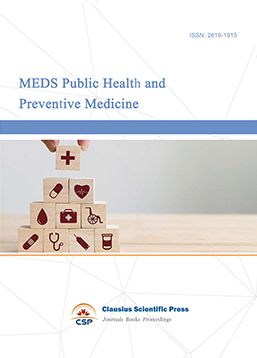
-
MEDS Chinese Medicine
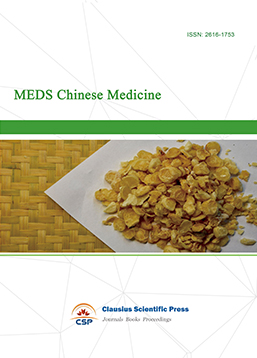
-
Journal of Enzyme Engineering

-
Advances in Industrial Pharmacy and Pharmaceutical Sciences
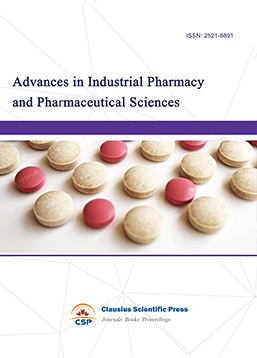
-
Bacteriology and Microbiology

-
Advances in Physiology and Pathophysiology
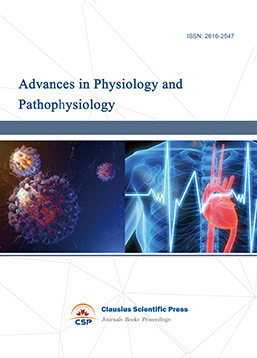
-
Journal of Vision and Ophthalmology
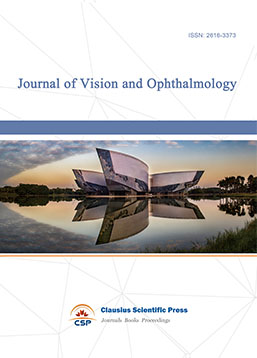
-
Frontiers of Obstetrics and Gynecology
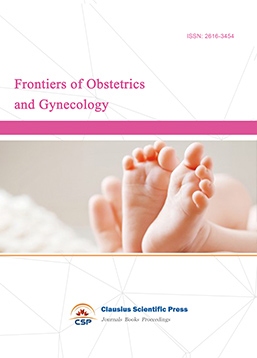
-
Digestive Disease and Diabetes
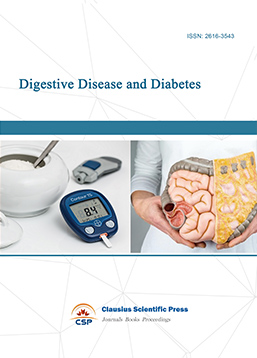
-
Advances in Immunology and Vaccines
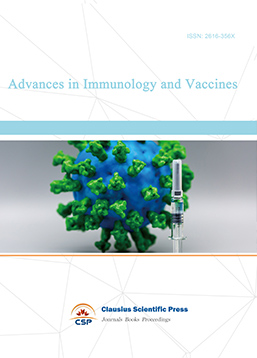
-
Nanomedicine and Drug Delivery
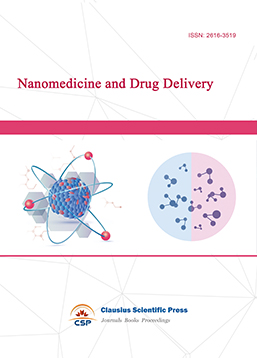
-
Cardiology and Vascular System
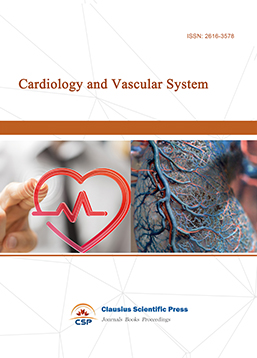
-
Pediatrics and Child Health
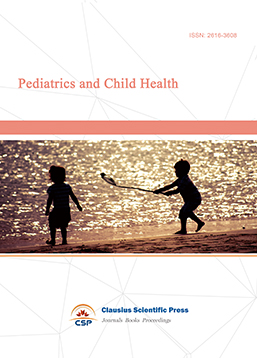
-
Journal of Reproductive Medicine and Contraception
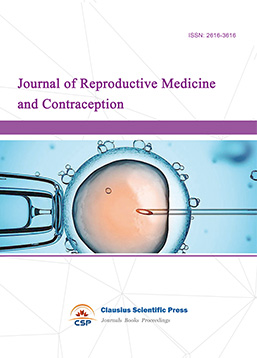
-
Journal of Respiratory and Lung Disease
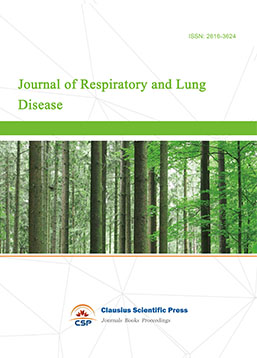
-
Journal of Bioinformatics and Biomedicine
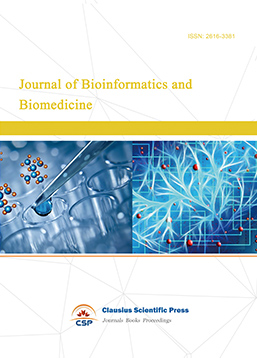

 Download as PDF
Download as PDF